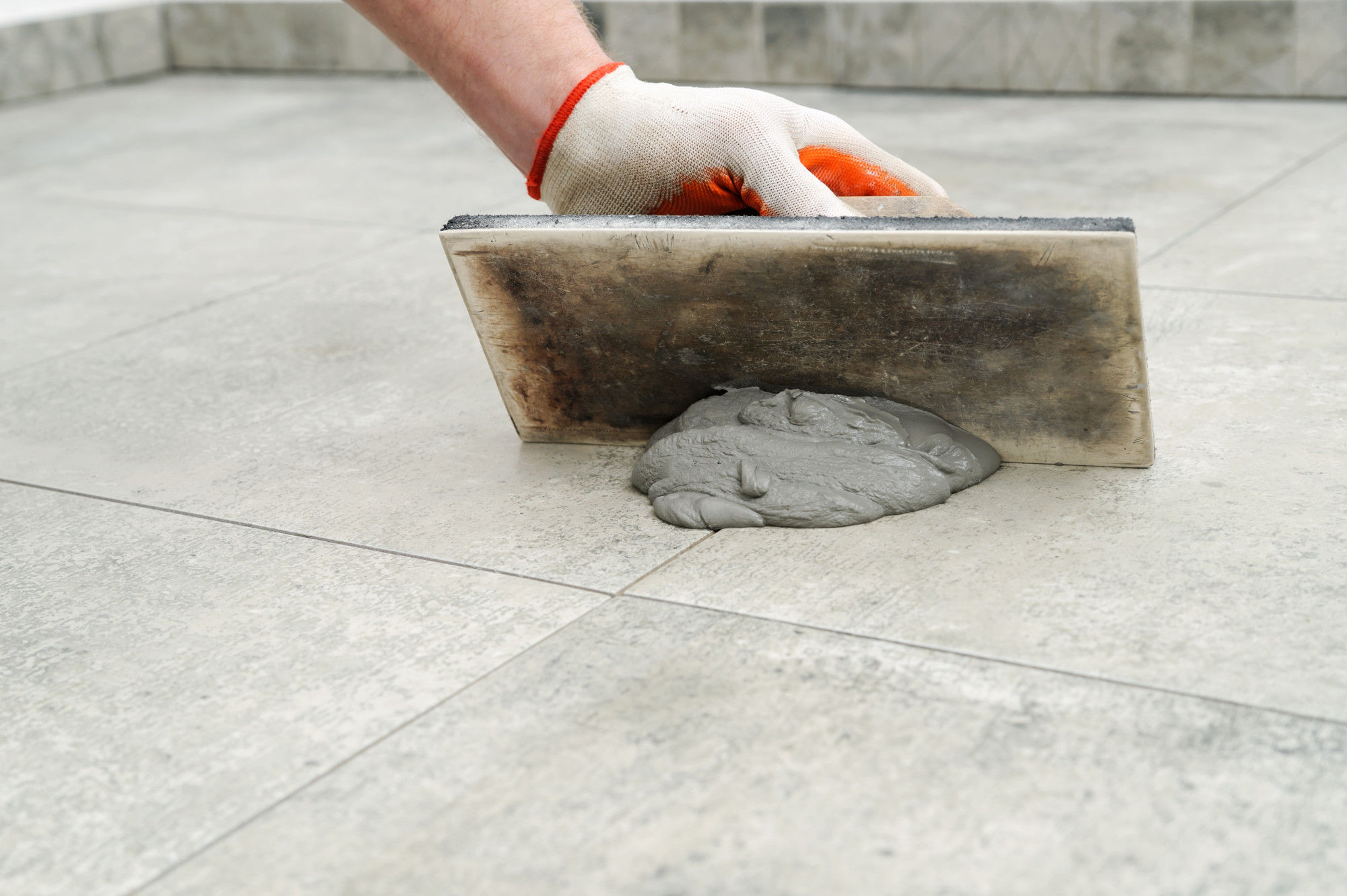When you’re undergoing home renovations, the costs can add up quickly. For example, Home Advisor estimates that a bathroom renovation costs between $5,977 and $14,929.
No matter what, you’ll have to pay for the necessary tools and materials to finish your renovation projects. However, you’ll see a big leap in costs when you decide to hire professionals to get the job done.
Taking on a few DIY projects can save you a ton of cash but the trick is knowing how to get the job done properly.
Read on to find out how to grout floor tile and install new flooring on your own.
What is Grouting?
Grouting refers to the process of filling in the gaps between floor tiles called joints. This is done in order to protect the floor beneath the tiles from water damage. It also ensures that each tile is held firmly in place after installation.
Grout, itself, comes in many forms. Some grout comes pre-mixed and ready to use but most grout must be purchased in a powder form. Powdered grout must be mixed with liquid according to the instructions or the consistency will be off.
You will also need to choose between cement and epoxy grout. Epoxy grout such as this grout is just as durable as cement grout but with the added bonus that it is almost completely stainproof.
Finally, you must choose between sanded and unsanded grout. Both cement and epoxy grout are available in both forms.
Unsanded grout is used for grouting joints that are less than 1/8 of an inch wide. Joints that are 1/8 inches or wider require sanded grout because it doesn’t shrink or crack.
You can find all types of grout in a variety of colors. Remember that grout is visible and choose a color that will complement your tiles. Some people prefer to find a grout color that blends in with their tiles while others prefer a striking contrast.
How to Grout Floor Tile
Before we begin, make sure that you have all of the tools and materials you need.
You will need your grout, a grout float, grout sealer, and a durable paintbrush. For cleaning purposes, you will want a bucket, a sponge, and two rags. In order to finish the project, you will need caulk and a caulking gun.
Lay and Spread Your Grout
Check your grout packaging to find out how much grout you will need to use per square foot. Start in the corner farthest from the door and pour your mixed grout onto a space of about 3 feet by 3 feet.
Hold your float at a 45-degree angle and smooth the grout into the joints. You will want to move the float diagonally across the joints. If you move the float in a parallel motion along the joints, the edge of the float can disturb the settled grout.
Do not grout the joints that are touching your walls or baseboards. Grout along the outside edges will crack over time. Instead, you will secure these edges with caulk.
During this process, don’t worry about how much grout winds up on your tiles!
Clean Your Tiles
Grout begins to harden quickly. After about twenty minutes, you can start the cleaning process.
Use a damp sponge and begin scrubbing the tiles in a circular motion. The excess grout should come up easily.
Note that dense sponges with rounded edges are best for this particular job. Sponges with hardened edges or attached scouring pads may drag grout out from the joints, creating an unfinished look.
Once an hour has passed since you spread the grout, the grout will have hardened almost completely. At this point, you will notice a thin, hazy film on your tiles.
Go over each tile once again with your wet sponge. Rinse it frequently as you go.
Grab your two rags and run one of them under warm water. Buff the remaining haze off of each tile using the wet rag first and the dry rag immediately after.
Caulk Along the Baseboards
Like grout, caulk seals exposed joints in order to protect them from water damage. However, caulk is more flexible than grout and can expand and contract as needed. This is important because your flooring and baseboards fluctuate in size in response to different temperatures and humidity levels.
Run the tip of your caulking gun along the space between your tiles and baseboards. Use a wet finger to lightly smooth the caulk into this crevice and prevent uneven drying.
Wait 24 Hours and Come Back Your Grout Sealer
Grout sealer adds a final protective layer to your grout. Using grout sealer isn’t a requirement but it will add a few years to your grout’s lifespan.
Dip your paintbrush into the grout sealer and brush it onto the exposed grout. Clean any excess sealer quickly because it’s very difficult to remove from tile once it has dried.
Note that some grout sealers come with a brush applicator that you can attach directly to the bottle. It looks almost like a bottle of glue with a paintbrush tip and eliminates the need for an extra paintbrush.
It will take another 24 hours for the sealer to dry completely. After that, you are free to put down rugs and furniture or mop your floors as you please!
Save Some Money by Learning How to Grout Floor Tile
Once you know how to grout floor tile, you’ll find that it’s not a difficult task! Having a few handy DIY skills under your belt can save you a ton of money on any future renovations you undertake.
For more interior design tips and inspiration, bookmark our page and check back in with us frequently!

